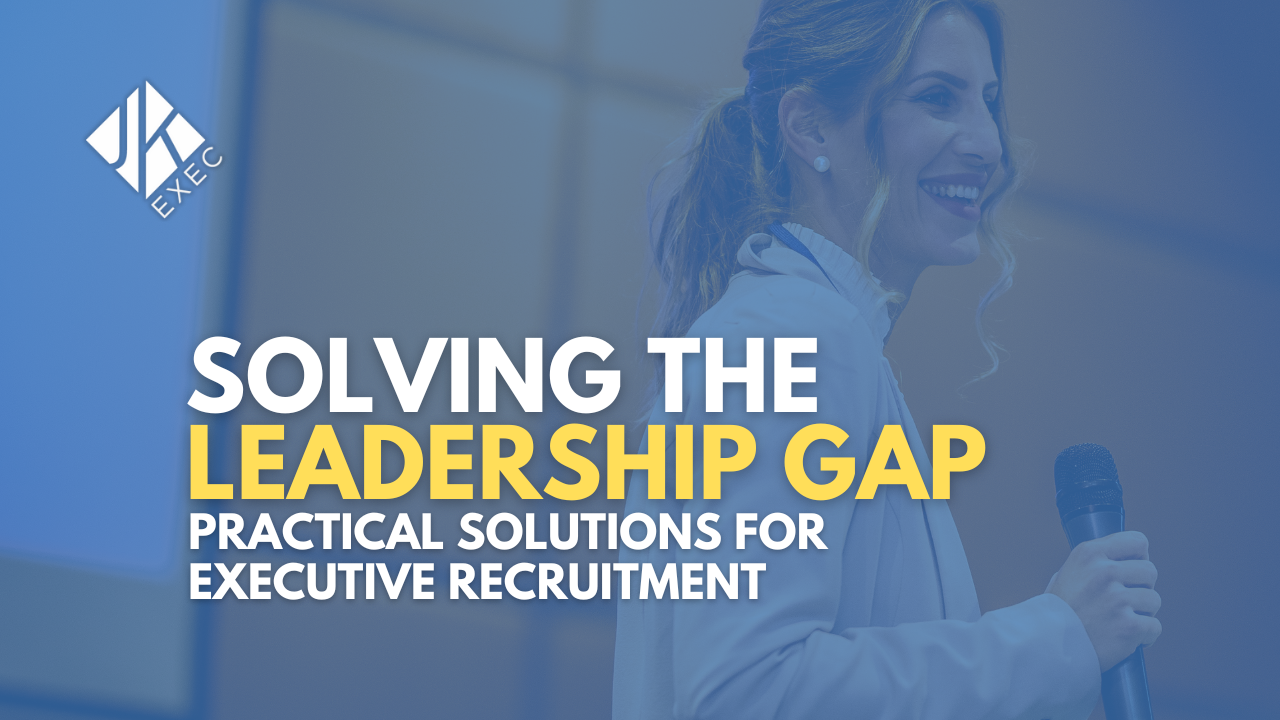Solving the Leadership Gap: Practical Solutions for Executive Recruitment

Solving the Leadership Gap: Practical Solutions for Executive Recruitment
In the dynamic landscape of modern business, the demand for effective leadership is ever-present. As companies strive for growth, innovation, and sustainability, the role of executives becomes increasingly crucial. However, finding and retaining top-tier leadership talent is a challenge that many organizations face—a challenge often referred to as the “leadership gap.”
The leadership gap arises when there is a disparity between the demand for skilled executives and the availability of qualified candidates to fill those roles. This gap can hinder organizational progress, stifle innovation, and impede strategic decision-making. To bridge this divide and ensure the long-term success of businesses, practical solutions for executive recruitment are essential.
Read on as we break down this important topic with added insights from Jaime Howley, our VP of Recruiting and Client Relations.
Invest in Leadership Development Programs:
One effective strategy for addressing the leadership gap is to invest in comprehensive leadership development programs. By nurturing talent from within the organization, companies can cultivate a pipeline of future leaders who understand the company culture, values, and objectives. These programs can include mentorship initiatives, leadership training workshops, and opportunities for cross-functional experiences.
“The path for developing internal talent is specific to the individual and is built off of their own professional goals. It’s important to have conversations with your staff to determine what their specific path looks like to them and then to build a plan to help them reach those goals. Each plan will be specific to that person and it is important to develop a plan around opportunities that exist within your current business. Having regular conversations provides insight into who has the desire to grow into leadership roles.”
-JH
Offer Competitive Compensation and Benefits:
In today’s competitive market, talented executives are in high demand, and they often have multiple job offers to consider. To attract top-tier candidates, companies must offer competitive compensation packages that reflect the value of the role and the candidate’s expertise. Additionally, comprehensive benefits packages, including perks such as flexible work arrangements, professional development opportunities, and work-life balance initiatives, can further entice prospective executives.
“I would like to think that compensation and benefits are the only key to retention, but it is so much more than that. Strong leadership, professional development and growth, and culture are large drivers of retention. If an employee feels connected to the companies they work for, it is an incredible benefit to have low-cost healthcare and competitive compensation plans that can ensure retention. We can see what the market is doing from a competitive standpoint in specific roles and offer recommendations on how to attract talent if compensation is a driver.”
-JH
Cultivate a Strong Employer Brand:
An organization’s employer brand plays a significant role in attracting top executive talent. Companies with a positive reputation for employee engagement, career development, and organizational culture are more likely to attract high-caliber candidates. Leveraging platforms such as social media, employer review sites, and industry awards can help enhance the organization’s visibility and appeal to prospective executives.
“The first thing candidates look at is a website. Social media presence, or lack thereof, tells a story about their appeal to an audience, investment in technology, how user-friendly it is for a customer, etc. I believe employer branding is extremely important in attracting all types of talent. I have seen organizations invest largely to improve their image, specifically to attract talent. We can sell a company, but their brand speaks for itself.”
-JH
Prioritize Succession Planning:
Succession planning is a proactive approach to addressing the leadership gap by identifying and grooming internal talent for future leadership roles. By identifying high-potential employees and providing them with opportunities for growth and development, organizations can mitigate the risks associated with unexpected leadership vacancies and ensure a smooth transition of leadership responsibilities.
“Succession planning is extremely important. It is not just about filling leadership positions, it is about building a robust talent pipeline, fostering a culture of development and growth, and safeguarding the long-term success of the organization. Succession planning offers continuity of operations, talent development, retention and engagement, mitigating risk, and adaptability and innovation. We would be happy to help you think strategically about this!”
-JH
Utilize Executive Search Firms:
Executive search firms like JK Executive Strategies specialize in identifying, attracting, and recruiting top executive talent for their clients. Partnering with reputable search firms like JK Exec can provide access to a vast network of qualified candidates who may not be actively seeking new opportunities. These firms employ rigorous screening processes to ensure that candidates possess the necessary skills, experience, and cultural fit for the role.
“As a third-party partner, we can ask the questions that an organization might not think of themselves. This helps to address gaps they have or may not see and allows us to offer recommendations that they may not have thought of. Our experience with different organizations, both structure and size, affords us diversity in thought that helps support change.”
-JH
In conclusion, the leadership gap poses a significant challenge for organizations seeking to secure top executive talent. However, by implementing practical solutions such as investing in leadership development programs, utilizing executive search firms, emphasizing diversity and inclusion, offering competitive compensation and benefits, cultivating a strong employer brand, and prioritizing succession planning, businesses can effectively address this challenge and build a robust leadership pipeline for the future. By doing so, they can position themselves for long-term success in an increasingly competitive and dynamic marketplace.
-JK Executive Strategies



